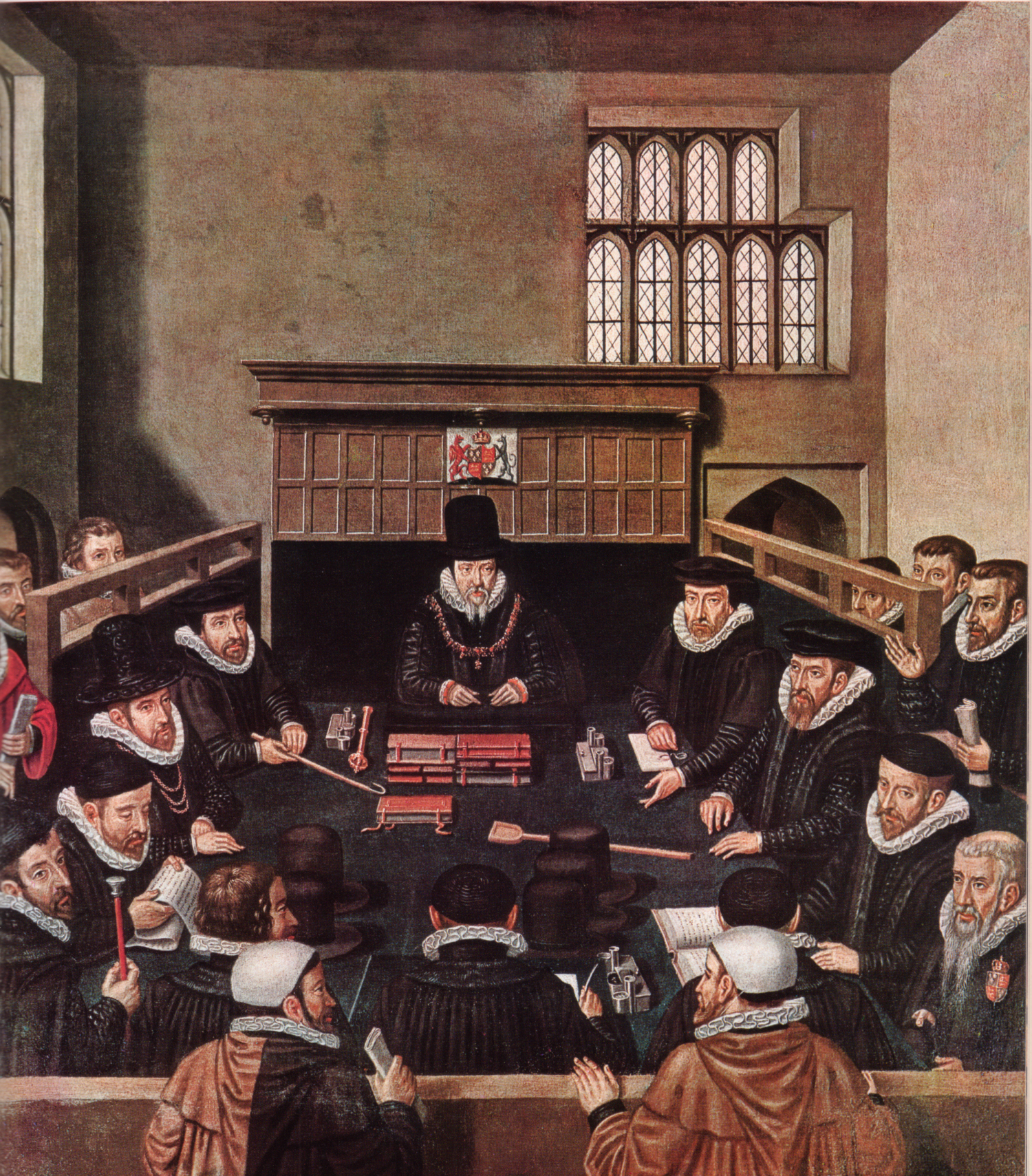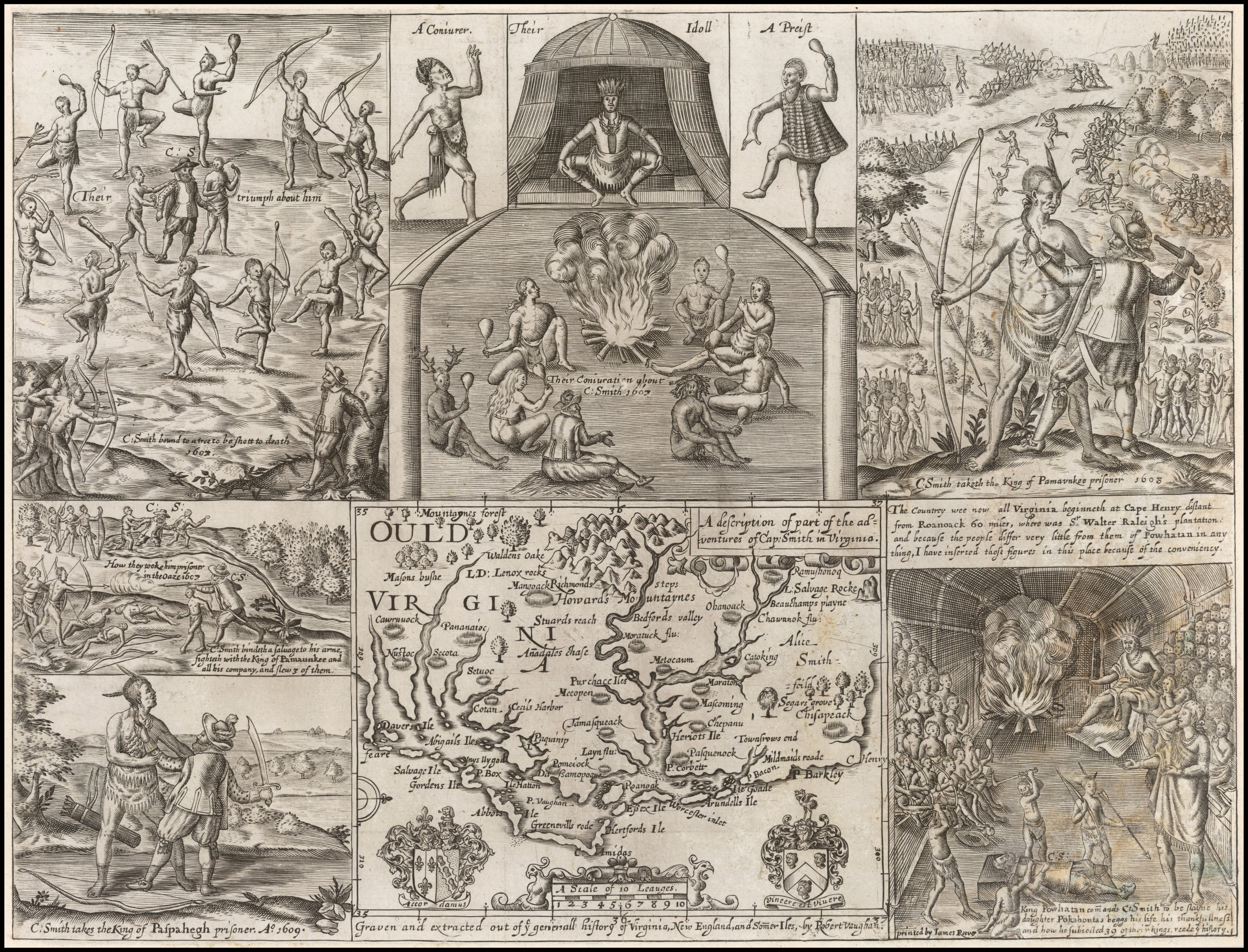|
Thomas Wilcox
Thomas Wilcox ( – 1608) was a British Puritan clergyman and controversialist. Life In 1571, with John Field he authored the ''Admonition to Parliament'', that called for the removal of bishops and ecclesiastical hierarchy. Wilcox and Field were imprisoned for one year for this. Wilcox and Field appealed to Lord Burghley (in Latin) and to Robert Dudley, 1st Earl of Leicester, for support. Leicester with the Earl of Warwick had Wilcox released. Later Lady Anne Bacon Anne, Lady Bacon (née Cooke; 1527 or 1528 – 27 August 1610) was an English lady and scholar. She made a lasting contribution to English religious literature with her translation from Latin of John Jewel's ''Apologie of the Anglican Church'' ... was his patron. His eldest daughter married the Puritan John Burges, as his second wife.Bremer and Webster, p. 40. References *Francis J. Bremer, Tom Webster, ''Puritans and Puritanism in Europe and America: A Comprehensive Encyclopedia'' (2006); main article on Wil ... [...More Info...] [...Related Items...] OR: [Wikipedia] [Google] [Baidu] |
Puritan
The Puritans were English Protestants in the 16th and 17th centuries who sought to rid the Church of England of what they considered to be Roman Catholic practices, maintaining that the Church of England had not been fully reformed and should become more Protestant. Puritanism played a significant role in English and early American history, especially in the Protectorate in Great Britain, and the earlier settlement of New England. Puritans were dissatisfied with the limited extent of the English Reformation and with the Church of England's religious toleration of certain practices associated with the Catholic Church. They formed and identified with various religious groups advocating greater purity of worship and doctrine, as well as personal and corporate piety. Puritans adopted a covenant theology, and in that sense they were Calvinists (as were many of their earlier opponents). In church polity, Puritans were divided between supporters of episcopal, presbyterian, and ... [...More Info...] [...Related Items...] OR: [Wikipedia] [Google] [Baidu] |
John Field (Puritan)
John Field (1545–1588), also called John Fielde or Feilde, was a British Puritan clergyman and controversialist. Life Born in London in 1545, when he was ordained by Edmund Grindal in 1566 at the age of 21, he was called a bachelor of arts of Christ Church, Oxford. Field's ordination was irregular, as the canonical age for ordination in the British church was 24 (or 23, if the person shows an unusual gift). In 1568, he became a lecturer, curate, and schoolmaster in London, which was his native city. There he quickly became a leader of the most extreme branch of the Puritan movement. He was so strident in his criticisms of the Church of England that he was debarred from preaching for eight years, from 1571 to 1579. He was insistent on changing the Act of Uniformity to purge what he regarded as Roman Catholic tendencies in British practice. When he was unable to effect any changes, he wrote '' A View of Popish Abuses yet remaining in the English Church'' in 1572. The tr ... [...More Info...] [...Related Items...] OR: [Wikipedia] [Google] [Baidu] |
Admonition To Parliament
The reign of Elizabeth I of England, from 1558 to 1603, saw the start of the Puritan movement in England, its clash with the authorities of the Church of England, and its temporarily effective suppression as a political movement in the 1590s by judicial means. This led to the further alienation of Anglicans and Puritans from one another in the 17th century during the reigns of King James and King Charles I, that eventually brought about the English Civil War, the brief rule of the Puritan Lord Protector of England Oliver Cromwell, the English Commonwealth, and as a result the political, religious, and civil liberty that is celebrated today in all English speaking countries. The English Puritan movement in the reign of Elizabeth and beyond sought to further the work of reforming the Church of England, eradicate the influence of Roman Catholicism in the land, as well as promote the national interest of the English crown and the English people under a united Protestant confession th ... [...More Info...] [...Related Items...] OR: [Wikipedia] [Google] [Baidu] |
William Cecil, 1st Baron Burghley
William Cecil, 1st Baron Burghley (13 September 15204 August 1598), was an English statesman, the chief adviser of Elizabeth I, Queen Elizabeth I for most of her reign, twice Secretary of State (England), Secretary of State (1550–1553 and 1558–1572) and Lord High Treasurer from 1572. In his description in the Encyclopædia Britannica Eleventh Edition, ''Encyclopædia Britannica'' Eleventh Edition, Albert Pollard, A.F. Pollard wrote, "From 1558 for forty years the biography of Cecil is almost indistinguishable from that of Elizabeth and from the history of England." Cecil set as the main goal of English policy the creation of a united and Protestant British Isles. His methods were to complete the control of Ireland, and to forge an alliance with Scotland. Protection from invasion required a powerful Royal Navy. While he was not fully successful, his successors agreed with his goals. In 1587, Cecil persuaded the Queen to order the Execution of Mary, Queen of Scots, executio ... [...More Info...] [...Related Items...] OR: [Wikipedia] [Google] [Baidu] |
Robert Dudley, 1st Earl Of Leicester
Robert Dudley, 1st Earl of Leicester (24 June 1532 – 4 September 1588) was an English statesman and the favourite of Elizabeth I from her accession until his death. He was a suitor for the queen's hand for many years. Dudley's youth was overshadowed by the downfall of his family in 1553 after his father, the Duke of Northumberland, had failed to prevent the accession of Mary I. Robert Dudley was condemned to death but was released in 1554 and took part in the Battle of St. Quentin under Mary's husband and co-ruler, Philip, which led to his full rehabilitation, but also to the death of his younger brother Henry. On Elizabeth I's accession in November 1558, Dudley was appointed Master of the Horse. In October 1562, he became a privy councillor and, in 1587, was appointed Lord Steward of the Royal Household. In 1564, Dudley became Earl of Leicester and, from 1563, one of the greatest landowners in North Wales and the English West Midlands by royal grants. The Earl of Leic ... [...More Info...] [...Related Items...] OR: [Wikipedia] [Google] [Baidu] |
Earl Of Warwick
Earl of Warwick is a title in the Peerage of the United Kingdom which has been created four times in English history. The name refers to Warwick Castle and the town of Warwick. Overview The first creation came in 1088, and the title was held by the Beaumont and later by the Beauchamp families. The 14th earl was created Duke of Warwick in 1445, a title which became extinct on his early death the following year. The best-known earl of this creation was the 16th earl ''jure uxoris'', Richard Neville, who was involved in the deposition of two kings, a fact which later earned him the epithet of "Warwick the Kingmaker". This creation became extinct on the death of the 17th earl in 1499. The title was revived in 1547 for the powerful statesman John Dudley, 1st Viscount Lisle, who was later made Duke of Northumberland. The earldom was passed on during his lifetime to his eldest son, John, but both father and son were attainted in 1554. The title was recreated or restored in 1561 i ... [...More Info...] [...Related Items...] OR: [Wikipedia] [Google] [Baidu] |
Anne Bacon
Anne, Lady Bacon (née Cooke; 1527 or 1528 – 27 August 1610) was an English lady and scholar. She made a lasting contribution to English religious literature with her translation from Latin of John Jewel's ''Apologie of the Anglican Church'' (1564). She was the mother of Francis Bacon. Early life Anne or Ann Bacon ( Cooke) was an English translator and lady of the British court. Though Anne's exact date of birth is not known, it is presumed she was born in or around 1528. Anne was born at Gidea Hall in Essex, England. She was one of the five daughters of Anthony Cooke, tutor to Henry VIII's only son Edward, and his wife Mary, a daughter of a London merchant tailor Sir William Fitzwilliam.Gemma Allen, ''The Letters of Lady Anne Bacon'' (Cambridge, 2014), p. 4. Being an educator, Anthony ensured that all of his four sons and five daughters received a humanist education, with in-depth studies in languages and the classics. From the success of not just Anne, but Anthony's other d ... [...More Info...] [...Related Items...] OR: [Wikipedia] [Google] [Baidu] |
John Burges
John Burges (Burgess) (1563–1635) was an English clergyman and physician. He held nuanced reformist views on the vexed questions of the time, on clerical dress and church ceremonies. His preaching offended James I of England, early in his reign, and Burges went abroad for medical training. He spent many years building up a practice, and only resumed a relationship of conformity within the Church of England in the 1620s. Early years John was born in Peterborough the son of John Burges (fl. 1561-89) and his wife Ales (d. 1588). After attending Peterborough Grammar School, he continued his education at St. John's College, Cambridge, and graduated at that university as B.A. in 1586. Early career He was rector of the small living of St Peter Hungate, Norwich in 1589, when he married Ursula Pecke, the daughter of William Pecke, JP. In 1590, when proceedings were taken against Thomas Cartwright and his supporters, Burges identified with Cartwright's Puritan party. He accepted ... [...More Info...] [...Related Items...] OR: [Wikipedia] [Google] [Baidu] |
1608 Deaths
Events January–March *January 2 – The first of the Jamestown supply missions returns to the Colony of Virginia with Christopher Newport commanding the ''John and Francis'' and the ''Phoenix'' bringing about 100 new settlers to supplement the 38 survivors he finds at Jamestown. *January 7 – At Jamestown, Virginia, fire destroys "all the houses in the fort"; the fort is repaired in March. *January 11 – John Smith (explorer), John Smith is released by Powhatan after 15 days of captivity, and arrives back at Jamestown, Virginia, Jamestown the next day. Upon his return, instead of being welcomed, he is charged with negligence for the deaths of the two men with him at the time of his capture, Jehu Robinson and Thomas Emery, but later exonerated. *January 17 – Emperor Susenyos I of Ethiopia defeats an Oromo people, Oromo army at Ebenat; 12,000 Oromo are reportedly killed at a cost of 400 Amhara people, Amhara. *January 23 – Treaty of The Hague, a ... [...More Info...] [...Related Items...] OR: [Wikipedia] [Google] [Baidu] |
16th-century English Puritan Ministers
The 16th century began with the Julian year 1501 (represented by the Roman numerals MDI) and ended with either the Julian or the Gregorian year 1600 (MDC), depending on the reckoning used (the Gregorian calendar introduced a lapse of 10 days in October 1582). The Renaissance in Italy and Europe saw the emergence of important artists, authors and scientists, and led to the foundation of important subjects which include accounting and political science. Copernicus proposed the heliocentric universe, which was met with strong resistance, and Tycho Brahe refuted the theory of celestial spheres through observational measurement of the 1572 appearance of a Milky Way supernova. These events directly challenged the long-held notion of an immutable universe supported by Ptolemy and Aristotle, and led to major revolutions in astronomy and science. Galileo Galilei became a champion of the new sciences, invented the first thermometer and made substantial contributions in the fields of phy ... [...More Info...] [...Related Items...] OR: [Wikipedia] [Google] [Baidu] |




